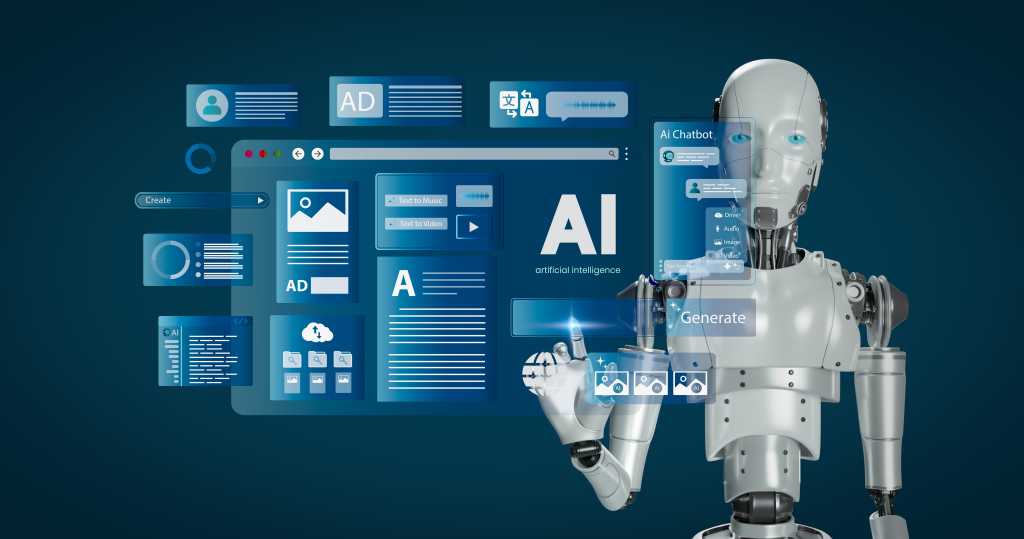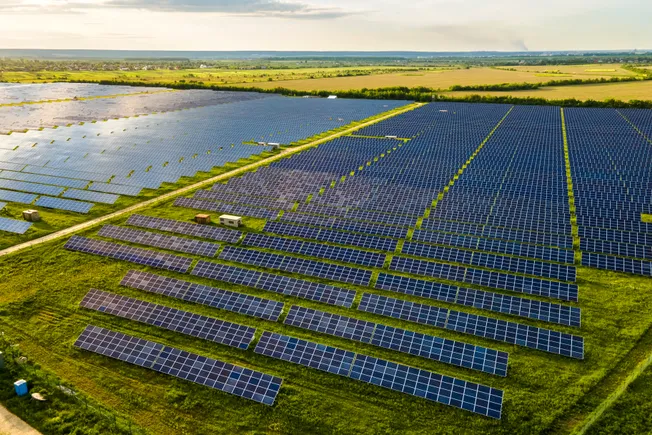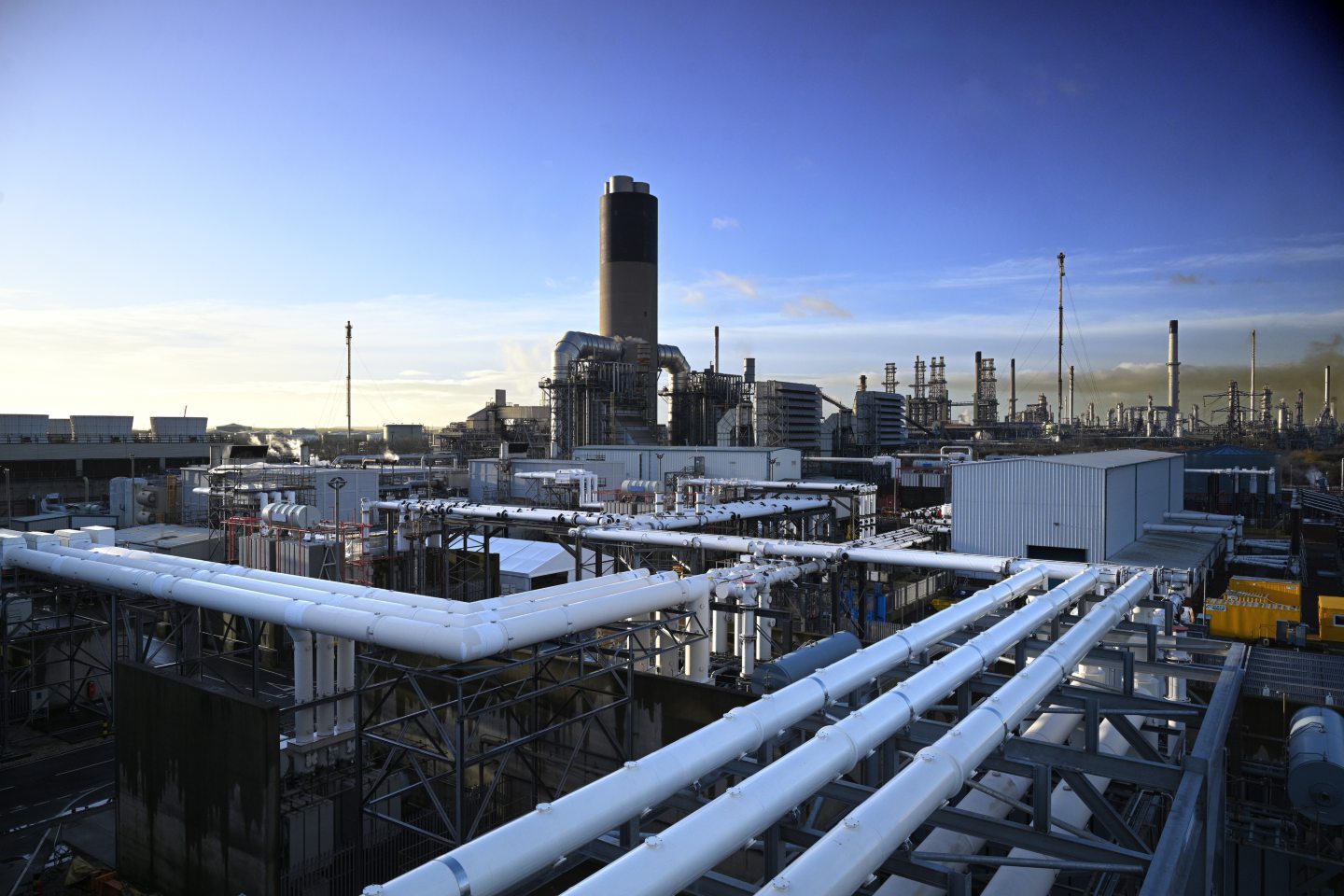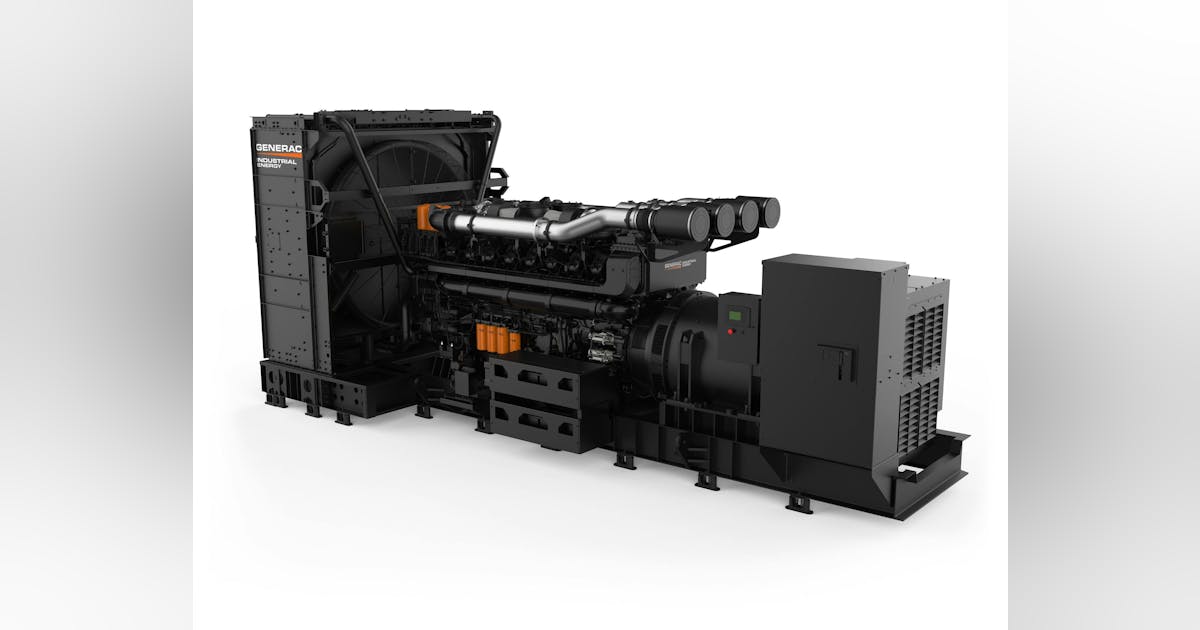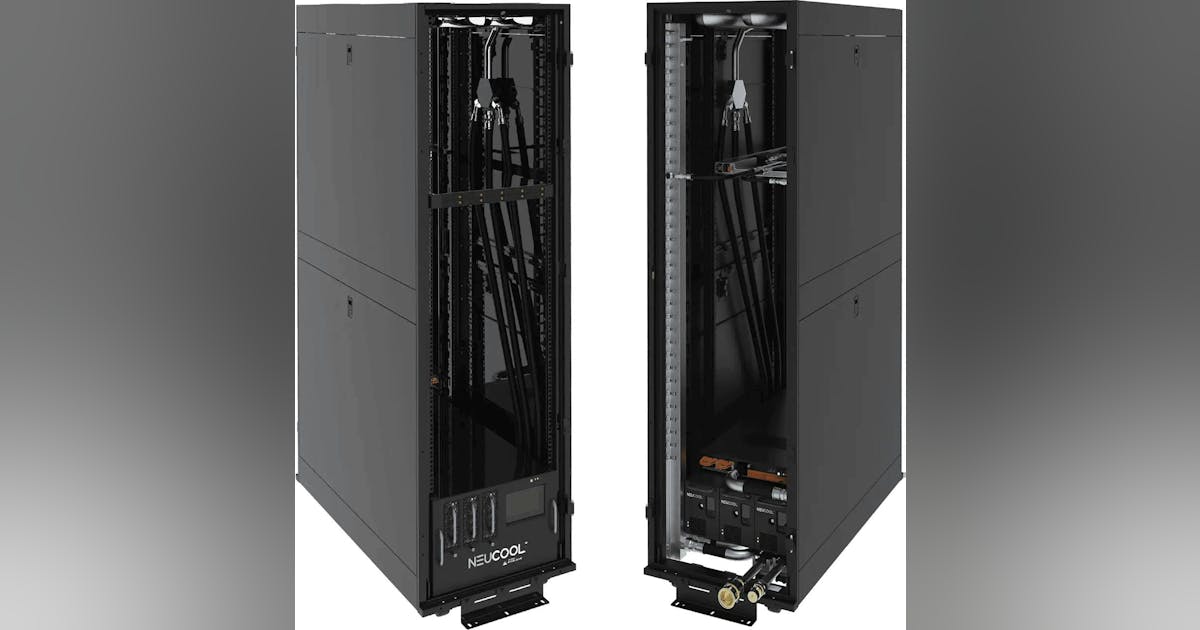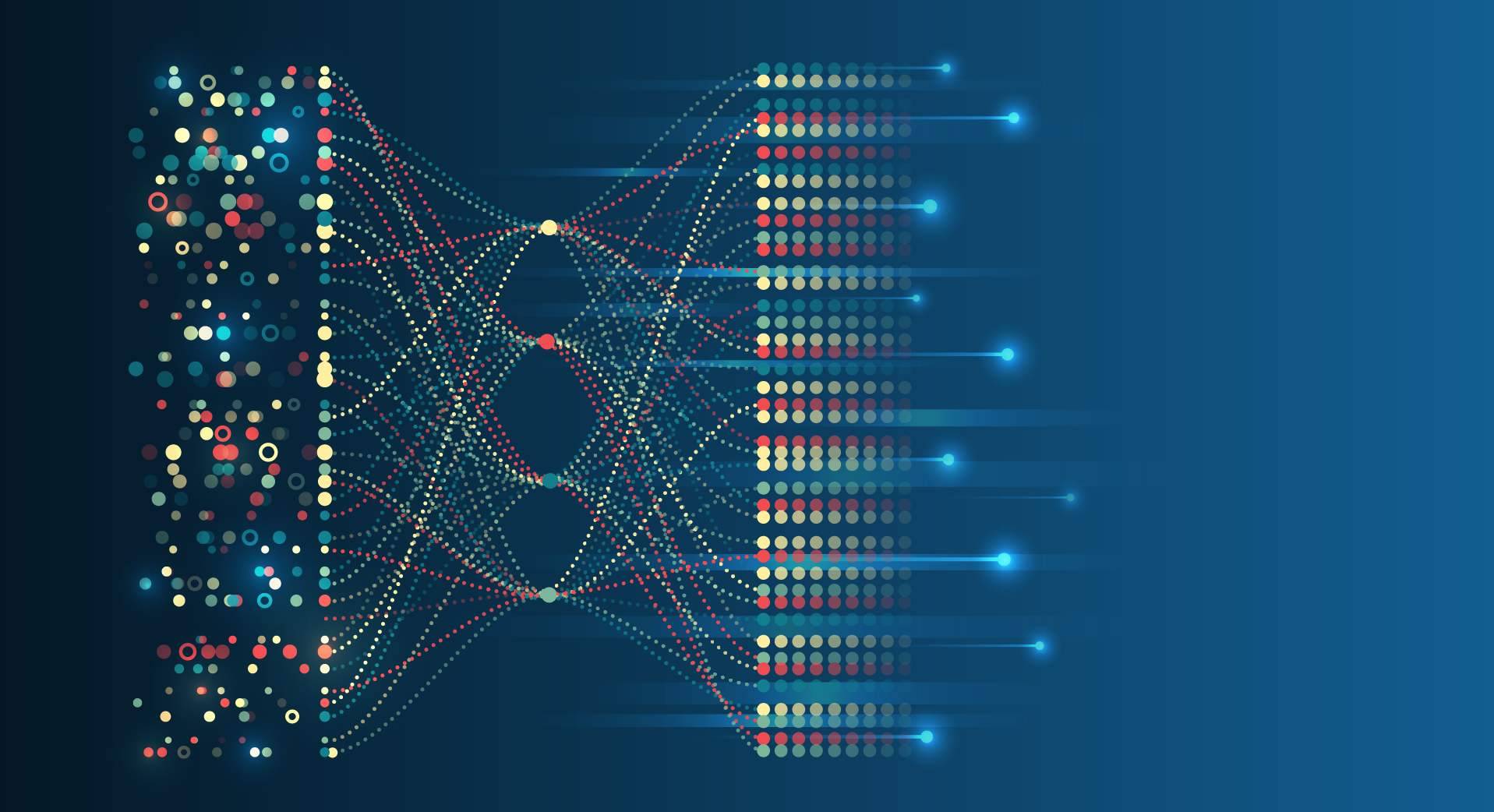
John Wood Group PLC (Wood) has expanded its contract order book in the Middle East, securing a three-year contract to provide specialist technical support to Petroleum Development Oman (PDO), the country’s primary oil producer.
Under the contract, 65 of Wood’s engineering and project management specialists will form part of PDO’s front-end engineering design (FEED) office, delivering complex front-end energy transition and carbon capture projects for PDO, Wood said in a media release.
The group will largely consist of Omani nationals, highlighting Wood’s dedication to nurturing local talent, the company said. Additionally, the team will benefit from Wood’s wide-reaching network of international experts who provide feasibility studies, pre-FEED, and FEED solutions across every phase of the oil production value chain, Wood said.
“Our new contract with Petroleum Development Oman underscores our commitment to providing quality, assured delivery for our clients on their critical project investments”, Gerry Traynor, President of Eastern Hemisphere Projects at Wood, said. “Our decades of regional experience, combined with our growing portfolio, creates exciting opportunities for our people to deliver exceptional engineering and project management for energy companies like PDO that are committed to delivering a secure energy future”.
This reimbursable contract win comes at a time of sustained growth for Wood in the Middle East, with the company recently celebrating $920 million worth of contract awards in the region in 2024.
Wood’s contracts in the Middle East involve projects in Iraq, Kuwait, Oman, Qatar, Saudi Arabia, and the UAE, where it recently established a new office in Sharjah. These projects include early-stage design work for Aramco in Saudi Arabia, comprehensive engineering and support for TotalEnergies in Iraq, and a flare gas reduction program that has significantly cut carbon dioxide emissions.
To contact the author, email [email protected]
What do you think? We’d love to hear from you, join the conversation on the
Rigzone Energy Network.
The Rigzone Energy Network is a new social experience created for you and all energy professionals to Speak Up about our industry, share knowledge, connect with peers and industry insiders and engage in a professional community that will empower your career in energy.
MORE FROM THIS AUTHOR



